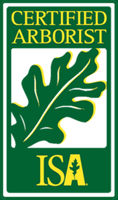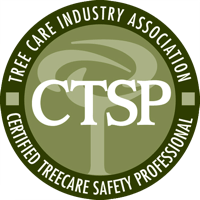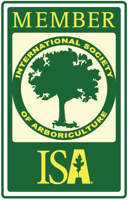One flash of ultrabright light, supercharged electricity in the air, the smell of burning ozone and an earthshaking boom you can feel in your bones – that perfectly describes your encounter with a close lightning strike during the summer in Florida. The truth of the matter is that lightning never strikes the same place twice because a place is never the same after lightning strikes it.
What Happens When a Tree is Struck by Lightning?
The trees in your yard are a prime example. Trees protrude from the earth’s surface, and when several million volts of electricity charge through the air in the form of lightning, they follow the path of least resistance to the ground, often through the bark of a tree. When lightning strikes, the sap in the bark of the tree is subject to extreme temperatures, many times hotter than the surface of the sun, due to electrical resistance. This electrical resistance causes the sap to be heated into steam, which can make it explode. Therefore, some trees explode when they’re struck by lightning.
Assessing Lightning Damage in Trees
Usually, the lightning current runs just underneath the bark, down to ground, and the tree is scarred by a strip of blown-away bark. It usually survives such a strike; however, it’s also possible that the jolting current may run down near the center of the trunk, and then there may be little left of the tree afterwards. Other trees seemingly have no damage at all, and then die a few weeks or months later, probably because the unseen damage was in the root zone.
A tree struck by lightning has been severely stressed. Stressed trees are also targets for insect and disease problems. That is a lot for a tree to handle, and it’s no wonder that many trees that were struck by lightning eventually die. Luckily, providing water, fertilizer, and the proper insect and tree disease management can help increase a damaged tree’s stress tolerance. Aside from providing proper professional care to your lightning-struck tree, you should also have lightning-damaged branches pruned.
Lightning Protection for Your Trees
You may protect your trees by having Zimmerman Tree Service install lightning protection systems. The best lightning protection for your trees is having lightning rods installed in the trees that are most susceptible to lightning strikes. Lightning rods are made of conducting metal and installed in your trees. The lightning rod goes down to the ground and a distance from the trees. The lightning rods provide better conducting material than trees do alone. Electricity seeks the most efficient path to the ground, which is through the lightning rod, bypassing your trees and keeping them safe from the strike.
However, not all trees need lightning rods. Our certified arborists will make a professional assessment of your trees, based on species, height, proximity to structures, and other pertinent factors to help you determine in which trees to install lightning protection.
At Zimmerman, we’re more than just tree trimming in West Palm, Delray, and Boca Raton. We provide total plant health care for all your vegetation needs. If you’re seeking more information on how to take care of your trees in South Florida, feel free to contact us at any time. We’re more than happy to help! Get in touch with us and contact the tree care professionals today.









